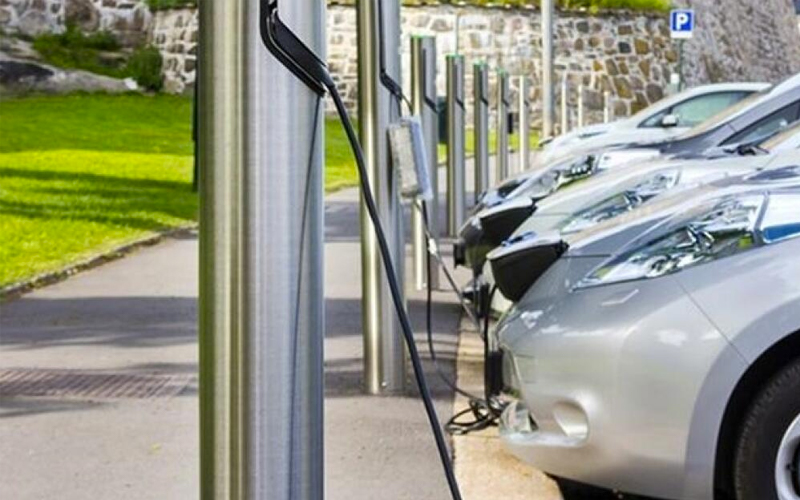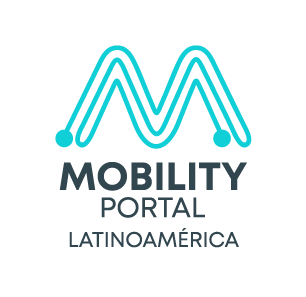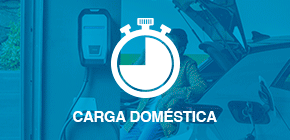Charging infrastructures in Spain are increasing, but they do so in a very unequal way when compared to the Autonomous Communities.
There are regions with more than 3,500 plugs and others with less than 10, which causes inconvenience for users who own an electric car and doubts for those who want to buy one.
Statistics published by the Spanish Association of Car and Truck Manufacturers (ANFAC) show the uneven picture in Spain in terms of charging infrastructure.
With approximately 13,411 public access points it is not enough to reach the goal set by the government of Pedro Sánchez to reach a total of 100,000 points by 2023.
And according to ANFAC estimates, to reach these numbers, the number of installations would have to be multiplied by 7.4 times the current number between 2022 and 2023.
In first place is Catalonia, which has 3,549 charging points, accounting for 26.4% of the total number of plugs in Spain. The region plans to reach 11,342 charging points, 7,793 more than it has now.
The Valencian Community is second, with a total of 1,661 charging points, accounting for 12.3% of those installed in total. By 2030 it plans to reach 31,289 public chargers, of which it is almost 30,000 short.
In third place is Madrid with 1,601 plugs and 11.9% of the country’s charging points. This community is being focused on as it has the largest market for electric cars. It should add a total of 18,256, so 16,655 new points between 2022 and 2023.
In fourth place is Andalusia, positioning itself as the last community to exceed 1,000 chargers. It has a total of 1,327 charging points and 9.8% of the total installed in Spain.
To reach its target for 2023, it will have to install 7,530 to reach the 8,930 plugs that are the ideal goal.
Between them, these four regions account for 60.4% of the total number of chargers. The remaining 39.6% is divided between 15 autonomous regions.
The Balearic Islands have 888 plugs, while Castile and Leon has 737, one of the fastest growing in number. The Canary Islands have 728, the Basque Country 547, Galicia 454, Aragon 389 and Murcia 338.
Then, still exceeding 100 are: Castilla-La Mancha with 295, Asturias 239, Navarra 218, Extremadura 206 and Cantabria 150. Unable to reach the hundred is La Rioja with 69.
And without even reaching 10 is Melilla with 9 and Ceuta with just 6.
Spain versus European countries
At the end of 2021, Spain has still not developed a network of charging infrastructures with sufficient capillarity, quantity and quality of power to drive demand for electrified vehicles.
In comparison with other European countries, Spain has 0.4 charging points per 1,000 inhabitants.
Meanwhile, countries such as Germany and France, where electrified vehicles are more widespread, have 0.9 and 0.7 charging points per 1,000 inhabitants of motorisable population, respectively.
Map of charging points
According to the Climate Change and Ecological Transition Act, the Ministry of Ecological Transition must publish a map of the current precise charging network by 20 May.
The map should give details of the total number of plugs installed across the length and breadth of the country, in the 17 autonomous communities.
A task that is already beginning to be carried out and that will provide clarity in the outline of the charging strategy for electric vehicles.





















